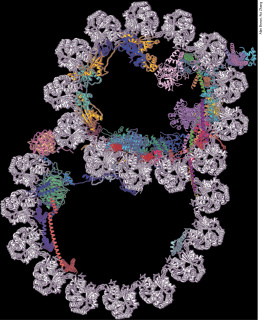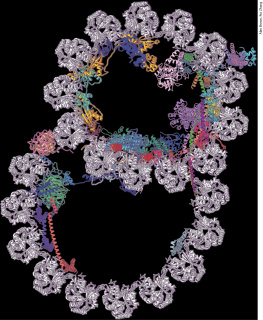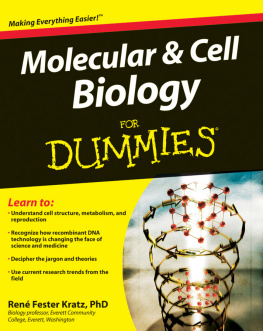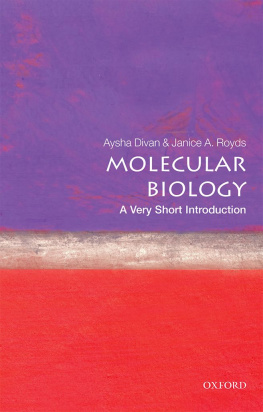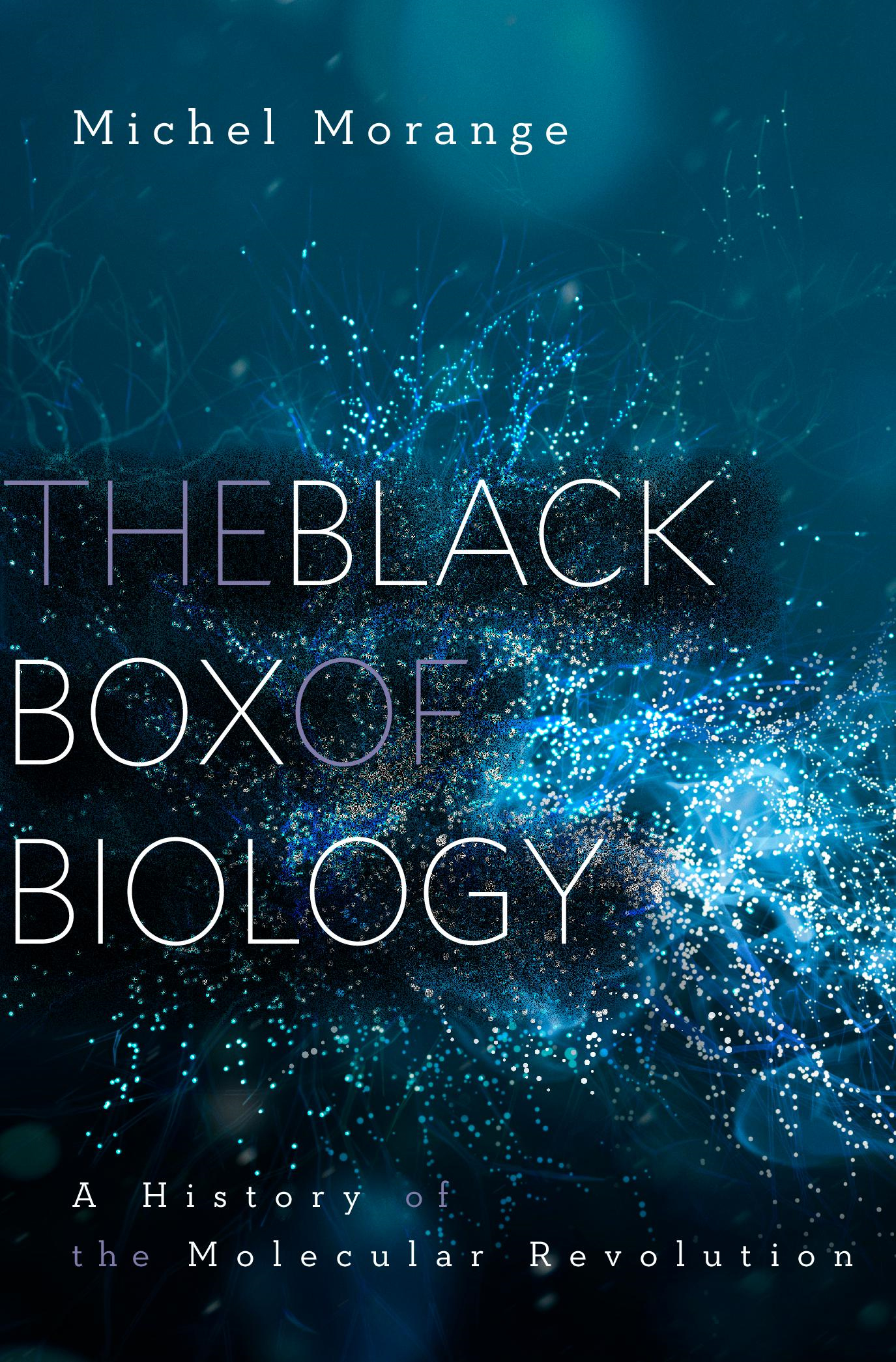Contents
Guide
Pagebreaks of the print version
LACKOX OFIOLOGY
A History of the MolecularRevolution
Michel Morange
Translated by
Matthew Cobb

Cambridge, Massachusetts, and London, England 2020
Copyright 2020 by ditions La Dcouverte, Paris, France
This volume is revised and expanded from the first English-language edition, published as A History of Molecular Biology by Harvard University Press.
Copyright 1998 by the President and Fellows of Harvard College
First French Edition published as Histoire de la biologie molculaire
Copyright 1994, 2003 ditions La Dcouverte, Paris, France
All rights reserved
Cover design: Tim Jones
Cover artwork: Courtesy of Getty Images
978-0-674-28136-3 (hardcover)
978-0-674-24525-9 (EPUB)
978-0-674-24527-3 (MOBI)
978-0-674-24528-0 (PDF)
The Library of Congress has cataloged the printed edition as follows:
Names: Morange, Michel, author. | Cobb, Matthew, translator.
Title: The black box of biology : a history of the molecular revolution / Michel Morange, translated by Matthew Cobb.
Other titles: Histoire de la biologie molculaire. English
Description: Cambridge, Massachusetts : Harvard University Press, 2020. | This volume is revised and expanded from the first English-language edition, published as A History of Molecular Biology by Harvard University Press. Originally published (in French) as Histoire de la biologie molculaireTitle page verso. | Includes bibliographical references and index.
Identifiers: LCCN 2019040562
Subjects: LCSH: Molecular biologyHistory.
Classification: LCC QH506 .M7313 2020 | DDC 572.8dc23
LC record available at https://lccn.loc.gov/2019040562
Contents
TWO DECADES AGO, when I published A History of Molecular Biology, the predecessor of this book, barely a day went by without the media highlighting another new development in biologygene therapy, the human genome project, the creation of new varieties of animals and plants by genetic engineering, and even the possibility of cloning a human being. Naturally enough, the public was fascinated. Back then, everyone knew that these developments were the products of molecular biology, which had appeared in the middle of the twentieth century.
The endless cycle of new discoveries still continues, but the public is less fascinated and more anxious, and it is not always clear that these developments are the results of the rise of the new science in the middle of the twentieth century. All these advancessuch as those enabled by the genome editing system CRISPRreignite hopes and debates that first emerged decades ago, while all the progress in gene and cell therapies, and new treatments for cancer, are still the more or less direct consequences of the development of molecular biology.
Faced with the immense discoveries of the last two decades, and their promisedor threatenedfuture, I felt it was time to produce a new book. Although this is based on my original Historyin particular the first three partsthis is much more than a new edition. The entirely new fourth section deals with developments that were only dreamed of in the late twentieth century, and I have taken the opportunity to extensively revise and update the analysis in the earlier sections.
Molecular biology is not the description of biology in terms of moleculesif this were the case, it would include not only biochemistry, but also all those nineteenth century studies in chemistry and physiology that led to the characterization of biological molecules. With such a broad definition, even Pasteur would have been a molecular biologist! Rather, molecular biology consists of those techniques and discoveries that make it possible to carry out molecular analyses of the most fundamental biological processesthose involved in the stability, survival, and reproduction of organisms. It is not only a level of observation and explanation of living phenomena, it also provides a method for intervening into those systems in order to understand and manipulate them. Although it is not the only possible level at which biological research should be carried outsometimes it is not even the best oneit clearly represents an important approach to our understanding of the living world.
Molecular biology is a result of the meeting of genetics and biochemistry, two branches of biology that developed at the beginning of the twentieth century, each of which had clearly defined research objects: the gene for genetics, and proteins and enzymes for biochemistry. Molecular biology emerged when the relation between these two objects became clearer; scientists identified the gene as a macromolecule (DNA), determined its structure, and described its role in protein synthesis.
Strictly speaking, molecular biology is not a new discipline but rather a new way of looking at organisms as reservoirs and transmitters of information. This new vision opened up possibilities of action and intervention that were first revealed during the early years of genetic engineering.
The techniques necessary for the study of macromolecules were developed between 1920 and 1940, and the new conceptual tools for analyzing biological phenomena were forged between 1940 and 1965. The consequent operational control was acquired between 1972 and 1980 with the development of genetic engineering. In the subsequent decades, molecular biology has completely transformed our understanding of biological phenomena. This book covers the molecular revolution in its entirety, from its earliest days right up to tomorrow.
Molecular biology and genetic engineering are too intimately linked for their histories to be separated; genetic engineering cannot be understood without molecular biology, but it was genetic engineering that highlighted the importance of the conceptual changes that molecular biology had produced. The discovery in 1983 of a technique for amplifying DNA, called the polymerase chain reaction (PCR), had its origins in the theoretical framework developed in the 1950s and in the experimental tools devised in the 1970s. Better than any other example, it shows the effectiveness of the theoretical and practical tools forged by biologists in the second half of the twentieth century.
Molecular biology was born when geneticists, no longer satisfied with an abstract view of the role of genes, focused their attention on the nature of genes and their mechanism of action. It was also a result of biochemists trying to understand how proteins and enzymesessential agents of organic specificityare synthesized and how genes intervene in this process.
The end of this history is more difficult to discern. At various points over recent decades, a number of biologists, historians, and philosophers have announced the death of molecular biology. In the last part of this book I briefly describe the key changes that have occurred in the last forty years, exploring how deeply they have affected the framework created by molecular biologists. My conclusion is that we still live within the molecular paradigm, and that contemporary biologists use the same conceptual framework that was established more than fifty years ago. Despite the repeated announcements of its demise, molecular biology is still alive and kicking.



